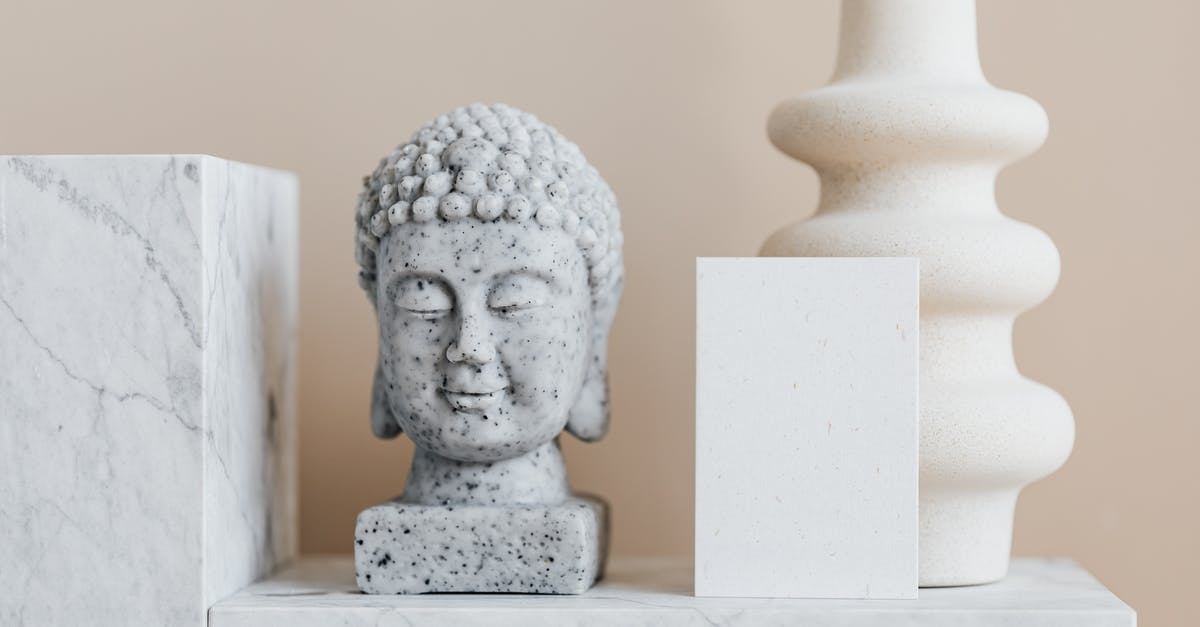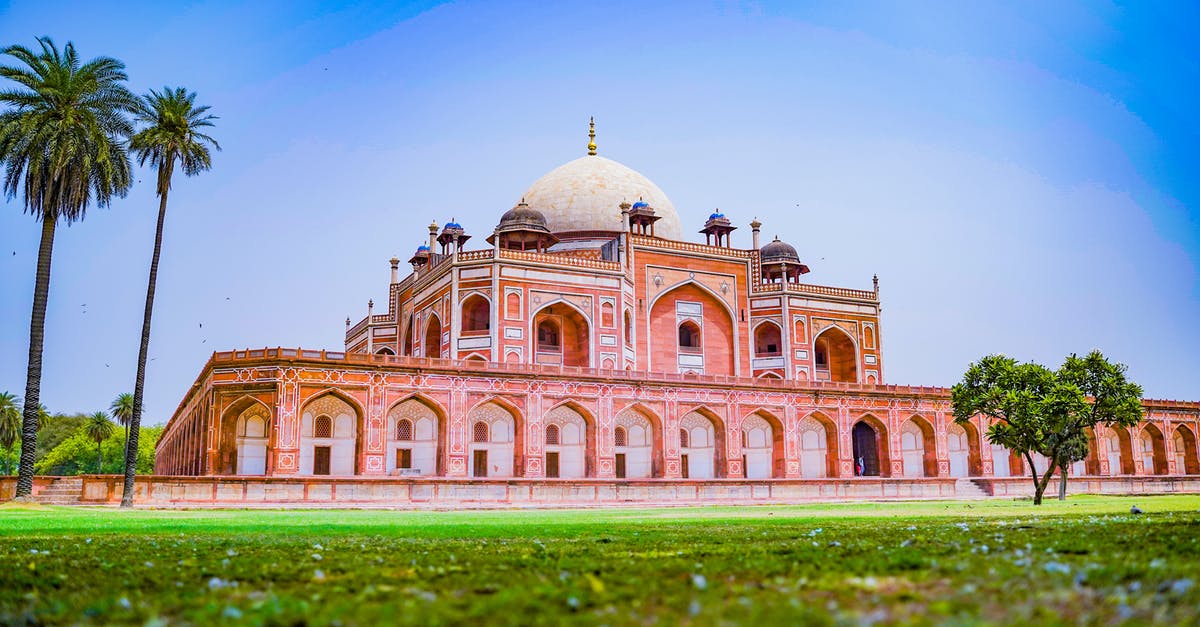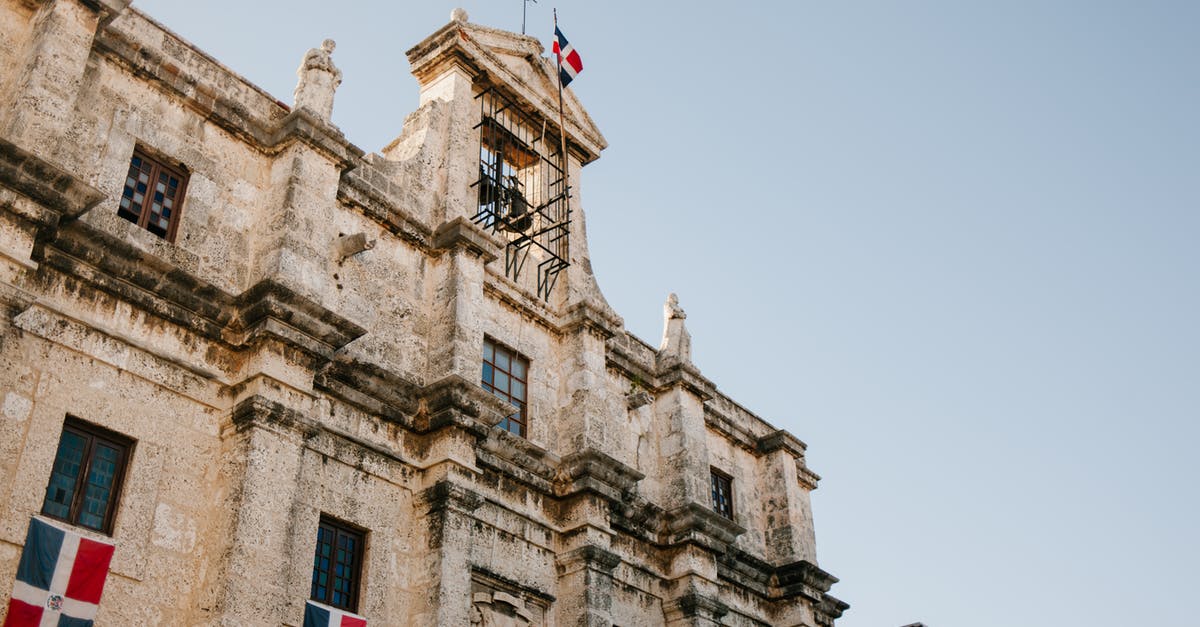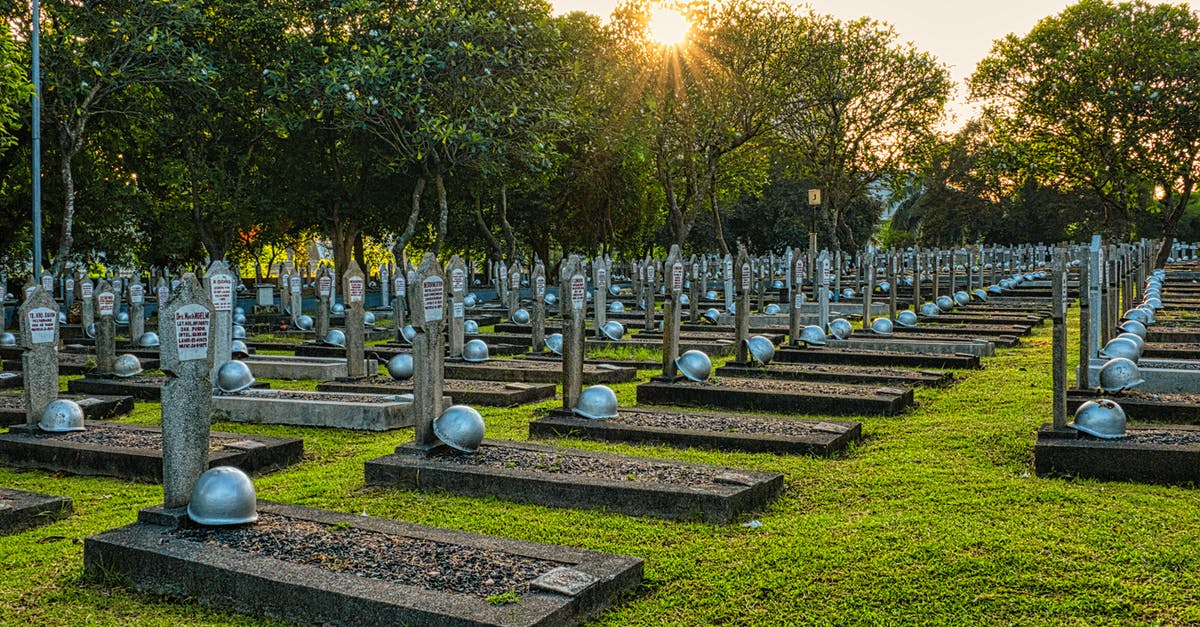What is the historic origin of these Indian burial grounds?

I've recently watched two movies that feature the Indian burial ground as a plot point, however in these two films they both actually show a physical burial ground, which appears to be made up of concentric circles of rocks. I've never seen this anywhere other than in movies, and my Google searches mostly lead me to more images from these movies, so I'm curious where the inspiration for these came from. The two films (there may be others) that I saw these in are Pet Semetary (1989) and Bone Tomahawk (2015). Are these portrayals based on any actual burial ground ruins?
Pet Semetary
Bone Tomahawk
Best Answer
First of all, it’s important to note that the Indian Burial Ground, which is sometimes abbreviated to IBG, is a trope, and not a real thing. Pre-Columbian peoples identified as hundreds of totally different communities, families, or nations, without very many similarities between them. That extended to the burying and treatment of the dead; in some arctic communities, the dead were simply left on the ice to be eaten by predators (what else are you going to do up there?), whereas other groups practiced more familiar burial forms ranging from mass graves to careful and solemn burials to burials performed quickly and with great fear of the corpse. The IBG concept is wrong right from the get-go; depending on how you look at it, there’s either no such thing or an unending variety of them.
(See also TV Tropes' page on the subject.)
The only thing I've found that somewhat resembles the images in these movies is the Medicine Wheel/Medicine Mountain National Historic Landmark, formerly known as the "Bighorn Medicine Wheel":
The stones are arranged in the shape of a wheel, 80 feet across and with 28 spokes emanating from a central cairn. The cairn, a ring-shaped pile of rocks, is large enough to sit in and is surrounded by six others that lie along the wheel’s circumference. Oddly enough, this configuration is not unique to Wyoming. Rather, hundreds of similar stone wheels exist throughout North America.
Known as medicine wheels, or sacred hoops, these special structures have been built by American Indians for centuries. With uses ranging from the ritual to the astronomical, the medicine wheel has been appropriated over time by New Age spiritualists, Wiccans, and Pagans.
See also Wikipedia: https://en.wikipedia.org/wiki/Medicine_Wheel/Medicine_Mountain_National_Historic_Landmark
Pictures about "What is the historic origin of these Indian burial grounds?"



Where does the Indian burial ground trope come from?
The first appearance of the Indian burial ground trope appeared in the novel The Amityville Horror by Jay Ansen (1977). The Amityville Horror was allegedly based on true events that occurred in Amityville, New York.Where are the Indian burial grounds?
Indian Burial GroundU.S. National Register of Historic PlacesShow map of Rhode Island Show map of the United States Show allLocationNarrow Lane, Charlestown, Rhode IslandCoordinates41\xb023\u203251\u2033N 71\xb038\u203201\u2033W6 more rowsIs there an Indian burial ground?
For thousands of years, Native American burial sites lay sacred and undisturbed. But in the 18th and 19th centuries, as cities and towns expanded, often they were plowed over or dug up by treasure hunters. The Grave Creek Mound in West Virginia once housed the remains of the Adena civilization's most respected members.Which ancient civilization is known for burying the dead in mounds?
Burial mounds were characteristic of the Indian cultures of east-central North America from about 1000 bce to 700 ce.Native American Burial Grounds - What you may not know
Sources: Stack Exchange - This article follows the attribution requirements of Stack Exchange and is licensed under CC BY-SA 3.0.
Images: Karolina Grabowska, shalender kumar, Julia Volk, Tom Fisk


